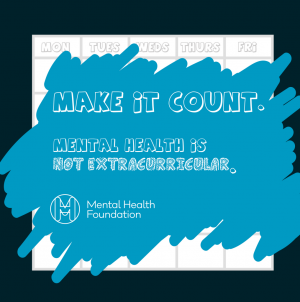-
Tips for becoming a good boxer - November 6, 2020
-
7 expert tips for making your hens night a memorable one - November 6, 2020
-
5 reasons to host your Christmas party on a cruise boat - November 6, 2020
-
What to do when you’re charged with a crime - November 6, 2020
-
Should you get one or multiple dogs? Here’s all you need to know - November 3, 2020
-
A Guide: How to Build Your Very Own Magic Mirror - February 14, 2019
-
Our Top Inspirational Baseball Stars - November 24, 2018
-
Five Tech Tools That Will Help You Turn Your Blog into a Business - November 24, 2018
-
How to Indulge on Vacation without Expanding Your Waist - November 9, 2018
-
5 Strategies for Businesses to Appeal to Today’s Increasingly Mobile-Crazed Customers - November 9, 2018
FDA recommends limiting salt in processed foods
The Food and Drug Administration proposed new sodium guidelines Wednesday that encourage food companies and restaurants to lower the amount of sodium in the foods they sell.
Advertisement
Many studies have shown that high level of salt in diet increases blood pressure that in turn raises the risk of heart attack, stroke and other cardiovascular problems.
Sylvia Burwell, secretary for the United State Department of Human Services, said giving consumers control is the major reason the FDA wants to reduce sodium intake by 1,000 mg or about a half teaspoon. Most of that sodium is hidden inside common processed foods and restaurant meals, making it harder for consumers to control how much salt they eat.
Pointing out that its members have introduced more than 6,500 product choices with reduced sodium, since 2002, the Grocery Manufacturers Association said that it looks forward “to working with the agency to ensure the best and most recent science is taken into account when determining sodium intake levels for optimal health for all Americans” in a statement attributed to its chief science officer, Leon Bruner.
Susan Mayne, director of the FDA’s Center for Food Safety and Applied Nutrition, said: ‘The totality of the scientific evidence supports sodium reduction from current intake levels’.
More than 70 percent of the salt in the average diet comes in the form of processed and prepared food.
The new proposed guidelines are voluntary, so companies will not have to follow them.
If companies do eventually comply with the guidelines, Americans will not notice an immediate taste difference in higher-sodium foods such as pizza, pasta, bread and soups. The average American consumed around 50 per cent more sodium than the amount recommended by most experts, the FDA said.
The Food and Drug Administration (FDA) is setting its sights on salt.
Advocates had hopes the FDA would make lower salt targets mandatory, but the FDA – which recently enraged the sugar industry with tougher labeling requirements – went for a phased-in, voluntary approach instead.
The FDA likewise defended its stance, saying its goal sodium intake of 2,300 mg/day for consumers is well supported by science as being able to lower blood pressure.
Connell also said reducing sodium intake could reduce healthcare costs. We calculated the percent drop in sodium for each food category, based on the average sodium levels in that food in 2010 and the average 10-year target set by the FDA.
The proposal marks the first time the FDA has taken a stance on sodium; however, it’s only a suggested reduction, and the finalized version of these guidelines may not be in place for more than a year. Each will have different sodium targets, and some products will have more room for reductions than others.
“Most of the sodium consumed is already in the foods we purchase and can not be removed by consumers”, the article states. To meet the agency’s short-term goal, cream cheese makers would need to reduce that to 380 mg of sodium.
Advertisement
How’d one of America’s leading food companies shake the salt habit? .





























